
Struggling to plan your cuts accurately? Not knowing the real cutting depth of your tools can ruin your workpiece and waste valuable materials. This uncertainty makes projects harder.
A 125mm (5-inch) angle grinder can typically cut to a depth of 30-38mm. The maximum depth is determined by the radius of the cutting disc minus the radius of the clamping flanges and arbor nut. The safety guard also physically limits the usable cutting depth.
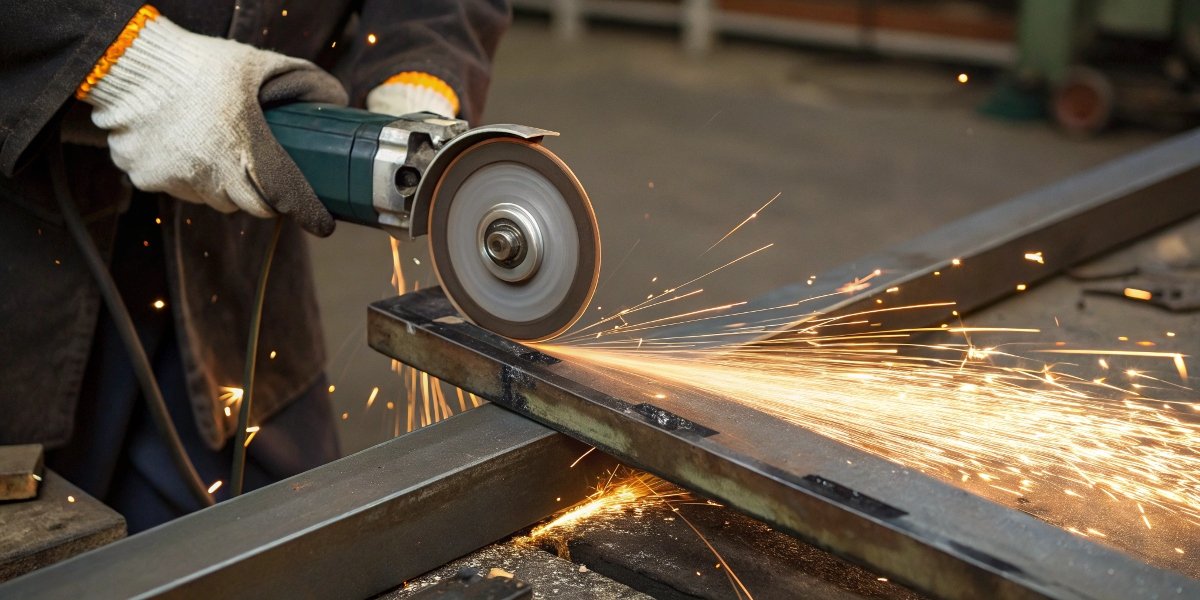
This is one of the most common questions my clients ask. As a factory owner who has been producing abrasive tools for nearly 30 years, I understand that the answer isn’t always simple. The tool, the disc, and your technique all play a part. Knowing the details helps you choose the right tools for your business, improving efficiency and safety. Let’s explore this topic further to help you make better purchasing decisions for your operations.
What is the difference between 115 and 125mm grinder?
Choosing between a 115mm and a 125mm grinder seems like a small detail. But making the wrong choice can lead to lower productivity and higher costs for abrasive discs.
The primary difference is the size of the disc each tool can handle. A 125mm (5-inch) grinder uses a larger disc than a 115mm (4.5-inch) one. This gives it a deeper cut and a slightly longer disc life. The tool itself is often equipped with a more powerful motor to manage the larger disc.
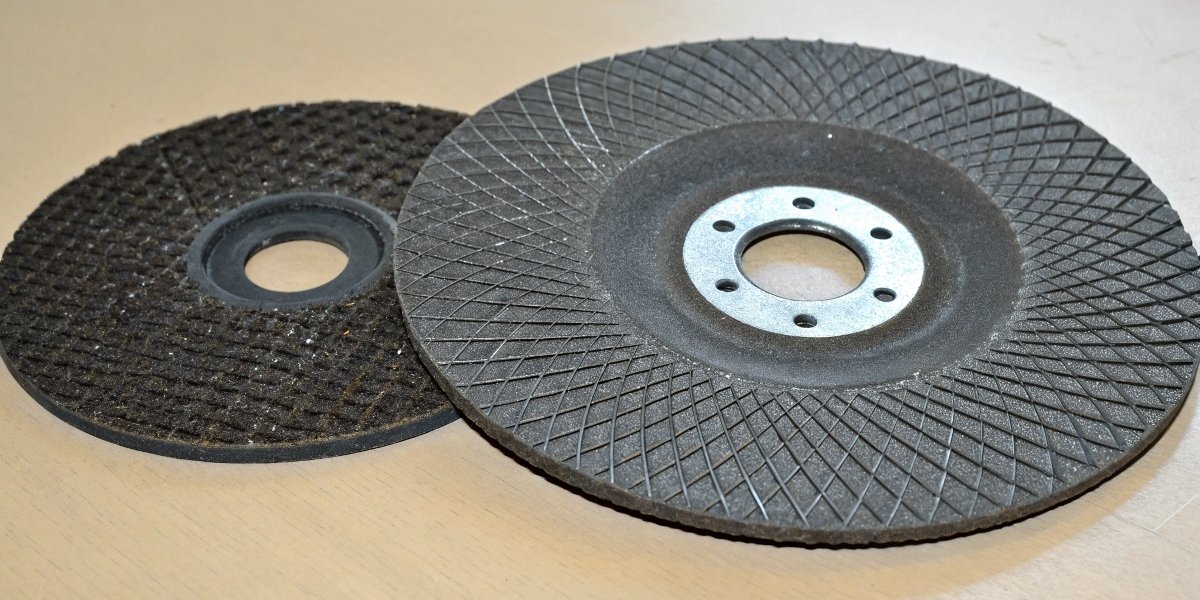
In my experience supplying tools to various industries, the choice between these two sizes is critical. While they seem similar, their performance characteristics are suited for different tasks. A client once insisted on using 115mm grinder1s for a job that required cutting through thick steel2 brackets. They were burning through discs and taking too long on each cut. We advised them to switch to 125mm grinders with our RL brand cutting discs. The slightly deeper cut and more powerful motor made a huge difference, and their production efficiency increased by over 20%. Understanding the specific application is key.
Size and Power Differences
The most obvious difference is size, but that directly relates to power and capability.
- 115mm (4.5-inch): This is the smaller, more agile option. It’s lighter and easier to handle in tight spaces. It’s perfect for grinding welds, cutting thin sheet metal, or chasing out mortar joints where precision is more important than raw power.
- 125mm (5-inch): This size offers a better balance of power and maneuverability. The larger disc provides about 10-15% more cutting depth and lasts longer. The motors are typically more robust to handle the increased load.
Application and Performance
Choosing the right tool depends entirely on the job.
| Feature | 115mm (4.5-inch) Grinder | 125mm (5-inch) Grinder |
|---|---|---|
| Typical Cutting Depth | 25-30 mm | 30-38 mm |
| Primary Use | Grinding, light cutting, tight spaces | General cutting, moderate grinding |
| Control | Excellent, easy to manage | Very good, slightly heavier |
| Disc Lifespan | Standard | Longer than 115mm |
| Ideal For | Thin metal, weld prep, rust removal | Rebar, steel pipe, channel cutting |
Why are 9 inch grinders banned?
Have you heard that 9-inch grinders are banned on job sites? This rumor causes confusion for purchasing managers who need powerful tools but also have to meet strict safety standards.
Nine-inch (230mm) angle grinders are not legally banned by governments. However, many individual companies and construction sites have banned or heavily restricted their use. This is due to the significant safety risks they pose, primarily the high potential for violent kickback, which can cause serious injury.

The move away from 9-inch grinders on many professional sites is a serious trend that we’ve seen impact our B2B clients. Safety managers are right to be cautious. A 9-inch grinder has immense torque. If the disc binds in a cut, the energy is transferred back to the operator in a violent twisting motion. We produce incredibly durable 230mm discs for those who need them, but we always consult with our clients on safety. Often, a better solution exists, like a gas-powered cut-off saw3 or making multiple passes with a smaller, safer grinder. Safety protocols should always guide tool selection4.
The Problem with Kickback
Kickback is the main reason for site-specific bans.
- High Torque: A 230mm disc spinning at over 6,000 RPM carries a huge amount of angular momentum. When it jams, that force has to go somewhere, and it throws the grinder back at the user.
- User Fatigue: These are heavy tools. An operator using one all day will become fatigued, increasing the chances of making a mistake that could lead to an accident. The physical strain is a major safety concern.
Safer Alternatives
For jobs that seem to require a 9-inch grinder, there are often better and safer options available.
| Problem | Safer Alternative | Why It’s Better |
|---|---|---|
| Deep Cuts in Concrete | Gas-powered or large electric cut-off saw (300mm+) | Designed for deep cuts, better guarding, more stable two-handed operation. |
| Cutting Thick Steel | Multiple passes with a 125mm grinder | Slower but much more controllable. Reduces the risk of a dangerous kickback. |
| Demolition Work | Reciprocating saw or specialized demo tools | Slower but provides more control and is less likely to cause a violent incident. |
How thick metal can an angle grinder cut?
Wondering if your angle grinder is up to the task of cutting that thick steel plate? Guessing the limit of your tool can lead to failed cuts, broken discs, and project delays.
The thickness of metal an angle grinder can cut depends entirely on the size of the grinder and the cutting disc being used. A small 115mm grinder can handle thin sheet metal, while a large 230mm grinder can cut through thick steel plate or rebar in a single pass.
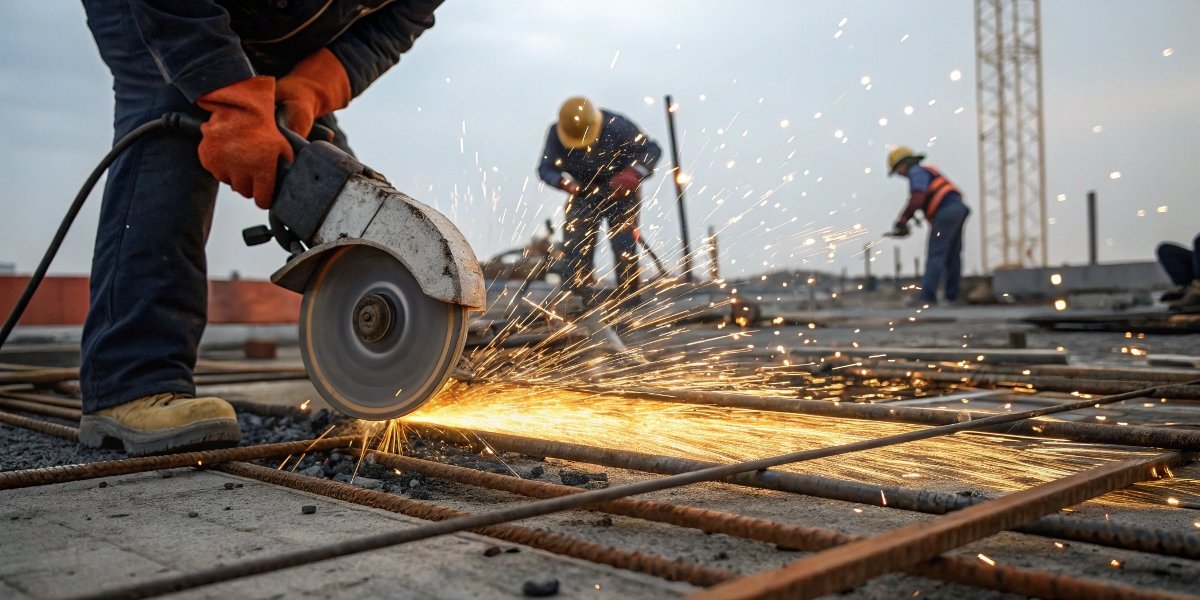
This question has a different answer for every tool. In our factory, we manufacture cutting discs for all scenarios, from ultra-thin 1mm discs for fast, clean cuts in stainless steel to thick, reinforced 3mm discs for heavy-duty metalwork. The disc’s composition is just as important as its diameter. A customer recently asked for a quote on 125mm discs for cutting 40mm solid steel bars. I had to explain that while a 125mm grinder can theoretically make a cut that deep, it would require cutting from all four sides. It’s not a single-pass job. We helped them select a more appropriate cutting process5 for their needs.
Matching the Tool to the Material
The maximum cutting depth for a single pass is always less than the radius of the disc.
| Grinder Size | Disc Diameter | Approx. Single-Pass Cut Depth | Common Metal Applications |
|---|---|---|---|
| Small | 115 mm (4.5") | 25-30 mm | Sheet metal, thin rebar, bolts, exhaust pipes. |
| Medium | 125 mm (5") | 30-38 mm | Steel pipe, angle iron, thicker rebar. |
| Large | 230 mm (9") | 60-70 mm | I-beams, thick steel plate, large pipes. |
Cutting Techniques for Thick Metal
If the metal is thicker than your grinder’s single-pass depth, you must adjust your technique.
- Scribe a Line: Mark your cut line clearly on all sides of the material.
- Make the First Pass: Cut along the line as deep as the grinder will safely allow. Do not force the tool.
- Rotate and Repeat: Turn the workpiece over and cut along the scribed line on the opposite side.
- Final Cuts: If necessary, make cuts on the remaining sides until the piece is severed.
This method is slower but ensures a clean, safe cut without over-stressing the tool or the disc.
How deep can a 300mm angle grinder cut?
Needing to make very deep cuts for a large-scale project? A standard angle grinder simply won’t have the capacity, forcing you to look at bigger, more specialized equipment.
A tool that uses a 300mm (12-inch) disc is typically a cut-off saw, not a traditional angle grinder6. These powerful saws can achieve a cutting depth of approximately 100-110mm, making them essential for heavy-duty construction and fabrication jobs.
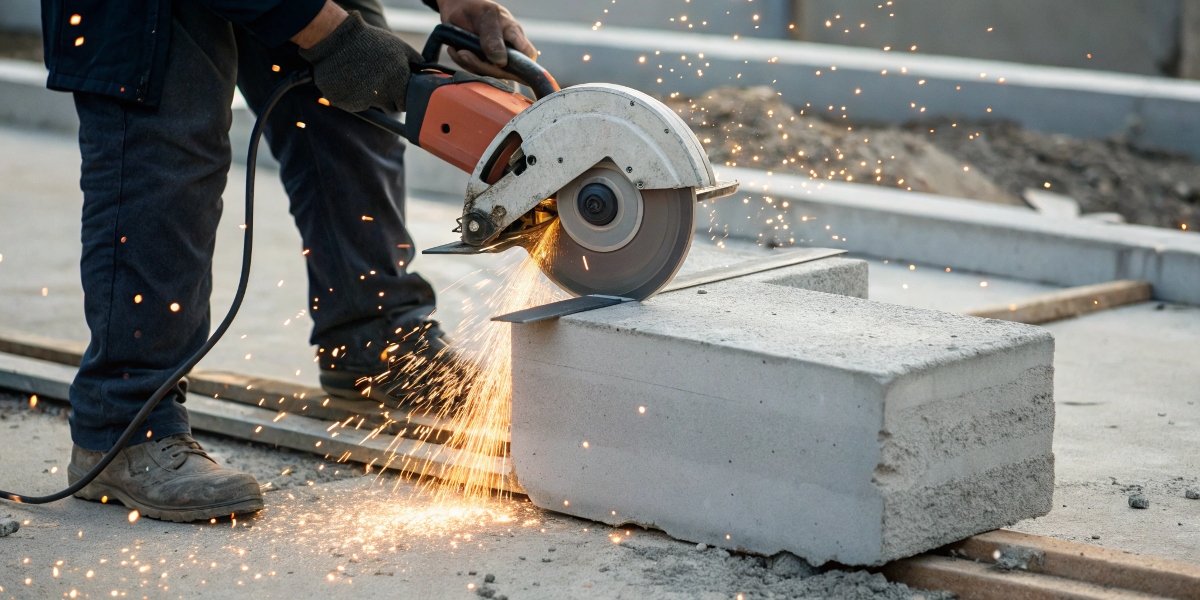
It’s important to distinguish between angle grinders and cut-off saws, even though they use similar abrasive or diamond blades. Angle grinders are versatile tools for grinding and smaller cuts. Cut-off saws are specialists, designed for one purpose: making deep, straight cuts in hard materials. Many of my B2B clients in the construction sector7 rely on our 300mm diamond blades for these machines. They need to cut through concrete foundation walls, thick asphalt, and large-diameter steel pipes. The durability of our RL brand blades is tested in these extreme conditions every day, proving that having the right consumable for the right tool is what gets the job done.
Understanding the Tool
A 300mm cut-off saw is a different beast from an angle grinder.
- Design: They are much larger, heavier, and almost always operated with two hands. Many have a different blade orientation and guarding system designed purely for cutting.
- Power Source: These tools can be electric, but very often they are powered by gasoline engines to provide the immense power needed to drive a 12-inch blade through dense material like reinforced concrete.
Calculating the Depth
The cutting depth is a function of the blade’s geometry.
- Blade Radius: A 300mm disc has a radius of 150mm.
- Arbor and Flanges: The center of the saw that holds the blade (the arbor and flanges) is quite large to handle the forces involved. This non-cutting area has a radius of about 40-50mm.
- Calculation: 150mm (Total Radius) – 45mm (Arbor Radius) = 105mm (Usable Cutting Depth).
This makes them the perfect choice for tasks where smaller grinders simply cannot reach deep enough, ensuring efficiency and precision on demanding job sites.
Conclusion
Choosing the right size grinder and disc is vital for your project’s success. Understanding the true cutting depth ensures safety, efficiency, and quality work. Contact us for expert B2B solutions.
-
Learn about the specific applications and benefits of using a 115mm grinder for precision tasks. ↩
-
Explore techniques for cutting thick steel safely and effectively with an angle grinder. ↩
-
Learn about cut-off saws and their specific applications for deep cuts in hard materials. ↩
-
Learn how to select the right tools to ensure project success and safety. ↩
-
Explore the best practices for cutting thick materials to ensure efficiency and safety. ↩
-
Learn about the versatility of angle grinders and their various applications. ↩
-
Explore essential tools for the construction sector to improve efficiency and safety. ↩
Written by
leeon
You may also be interested in:

How do you cut bolts with an angle grinder?
Struggling to make a clean cut on a stubborn bolt? Using an angle grinder can feel intimidating, but it is a fast and effective method
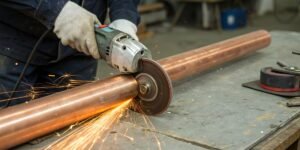
Can I use an angle grinder to cut a copper pipe?
Struggling with a quick copper pipe cut? Worried about damaging the material? An angle grinder is a fast solution, but using it wrong can be

Can an angle grinder cut meat and bones?
Struggling to cut tough bones? Thinking of grabbing your angle grinder for a quick solution? This powerful tool seems like an easy answer, but it’s
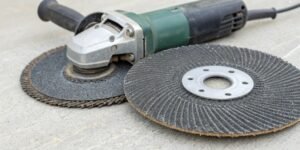
Can a metal cutting disc be used on an angle grinder?
Are you unsure about putting a metal cutting disc on your angle grinder? Using the wrong tool combination is a real safety hazard. But with

What is the best grinding wheel for cutting aluminum alloys?
Struggling to cut aluminum without your grinding wheels clogging up? This common problem wastes time, ruins your workpiece, and drives up costs, turning a simple

What does an angle grinder do that other tools can't?
Struggling with tools for multiple tasks? Carrying a heavy toolbox is inefficient. An angle grinder replaces many tools, saving you time and effort on the
